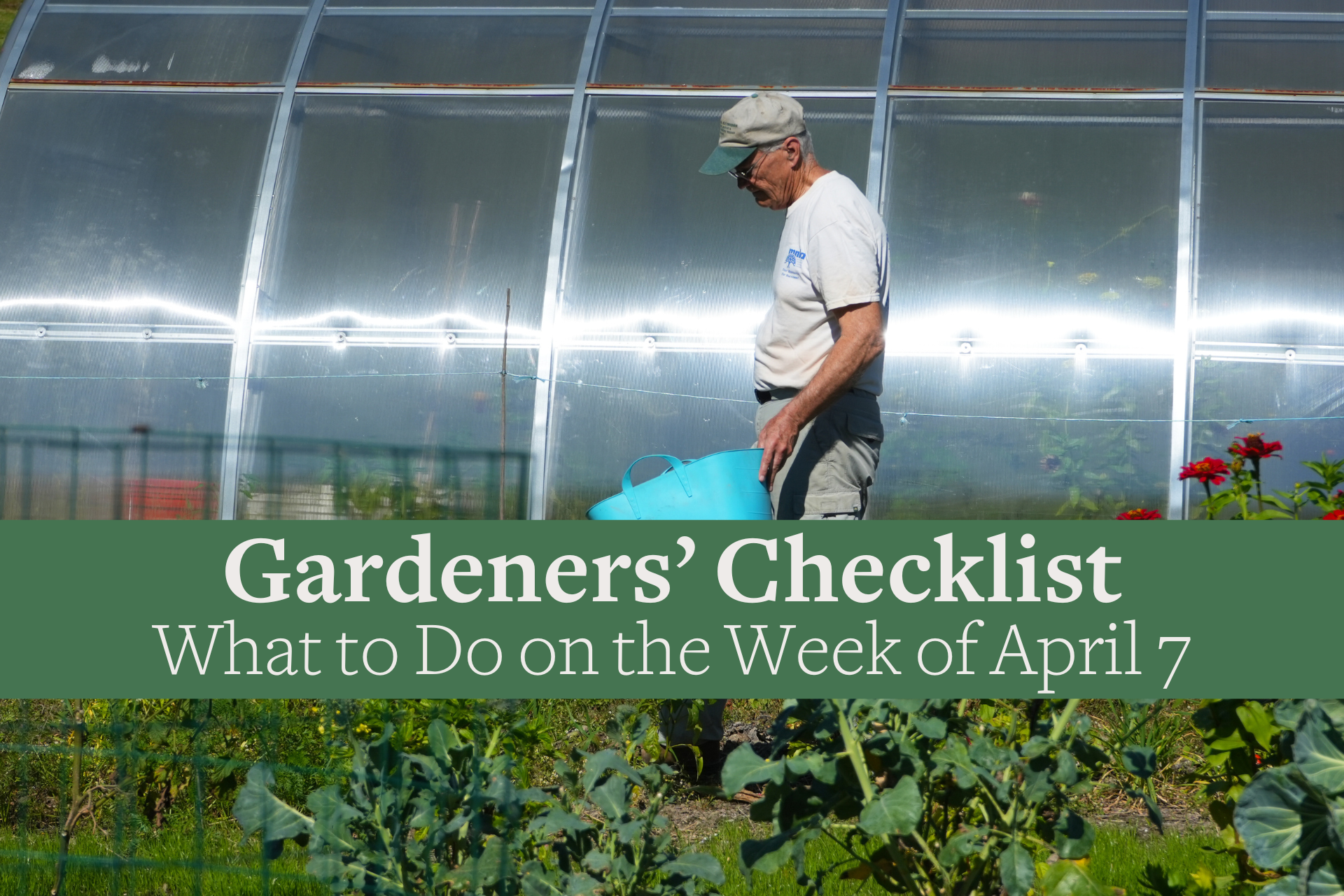You are here
Gardeners Checklist: Here Is What to Do on the Week of April 7
Gardeners Checklist: Here Is What to Do on the Week of April 7
By Ron Kujawski
* Look for bright red beetles on the emerging leaves of true lilies (Asiatic and Oriental lilies) and fritillaria. These very destructive beetles, called Lily Leaf Beetle, are about a half-inch long and feed on the leaves and buds of lilies. Daily hand-picking may be all that’s needed to eliminate the beetles before they lay their eggs. The squeamish may prefer to apply an insecticide containing pyrethrum, but read the product label before using.
* Begin checking ornamental cherry and crabapple trees for Eastern Tent Caterpillars. This leaf-eating critter usually begins to hatch when forsythia is in bloom. Use the five-fingered squish method to destroy the small nests or apply a product containing the naturally occurring bacterium, Bacillus thuringiensis (Bt), while the caterpillars are still quite small.
* Get off the couch and get weeding! The so-called winter annual weeds, such as common chickweed, should be flowering soon. Winter annuals are weeds that germinate in late summer and early fall, overwinter, and flower in the spring. If not pulled up now, they’ll set seed and give you more headaches than a bottle of aspirin can cure.
* Save some seeds of spinach, peas, leaf lettuce, arugula, mache, chard, radish, and turnips to make August sowings of these cold-hardy crops. They’ll continue to grow well beyond the first frosts of fall. Why do I mention this now? It may be difficult to find a source for these seeds come August.
* Plant potatoes as soon as the soil is dry enough to be worked. Four pounds of seed potato should be enough for a family of four if not planning to store any spuds for winter consumption. Normally, each seed potato or potato section is spaced about ten to twelve inches apart in a shallow trench. However, with an early variety such as Red Norland, I space the sections six inches apart since I only grow these to harvest as “new” potatoes, that is, immature thin-skinned potatoes that are great when boiled and tossed with butter and chopped parsley. The closer spacing yields many small potatoes.
*
Besides kielbasa smeared with pungent, freshly made horseradish sauce, my favorite part of the Easter meal is steamed asparagus. Our asparagus hasn’t emerged yet. However, I’m confident that day won’t be far off since asparagus is one of the earliest vegetables to be harvested in our garden. For those without an asparagus bed, now is a great time to plant one. Typically, asparagus plants are sold as roots. Before planting, dig a six- to eight-inch-deep trench and work lots of rotted manure or compost into the bottom of it. Then place the roots 18 inches apart in the trench, spreading the roots wide as you plant. Cover roots with an inch or two of soil and continue to apply soil as the shoots grow until the trench is filled. Don’t harvest any of the spears this first year, and only a few next year. After that, a harvest of spears can continue for six to eight weeks.
Ron Kujawski began gardening at an early age on his family's onion farm in upstate New York. Although now retired, he spent most of his career teaching at the UMass Extension Service. He serves on Berkshire Botanical Garden’s Horticulture Advisory Committee. His book, Week-by-Week Vegetable Gardener’s Handbook, is available here.
Help Our Garden Grow!
Your donation helps us to educate and inspire visitors of all ages on the art and science of gardening and the preservation of our environment.
All Donations are 100 percent tax deductible.


